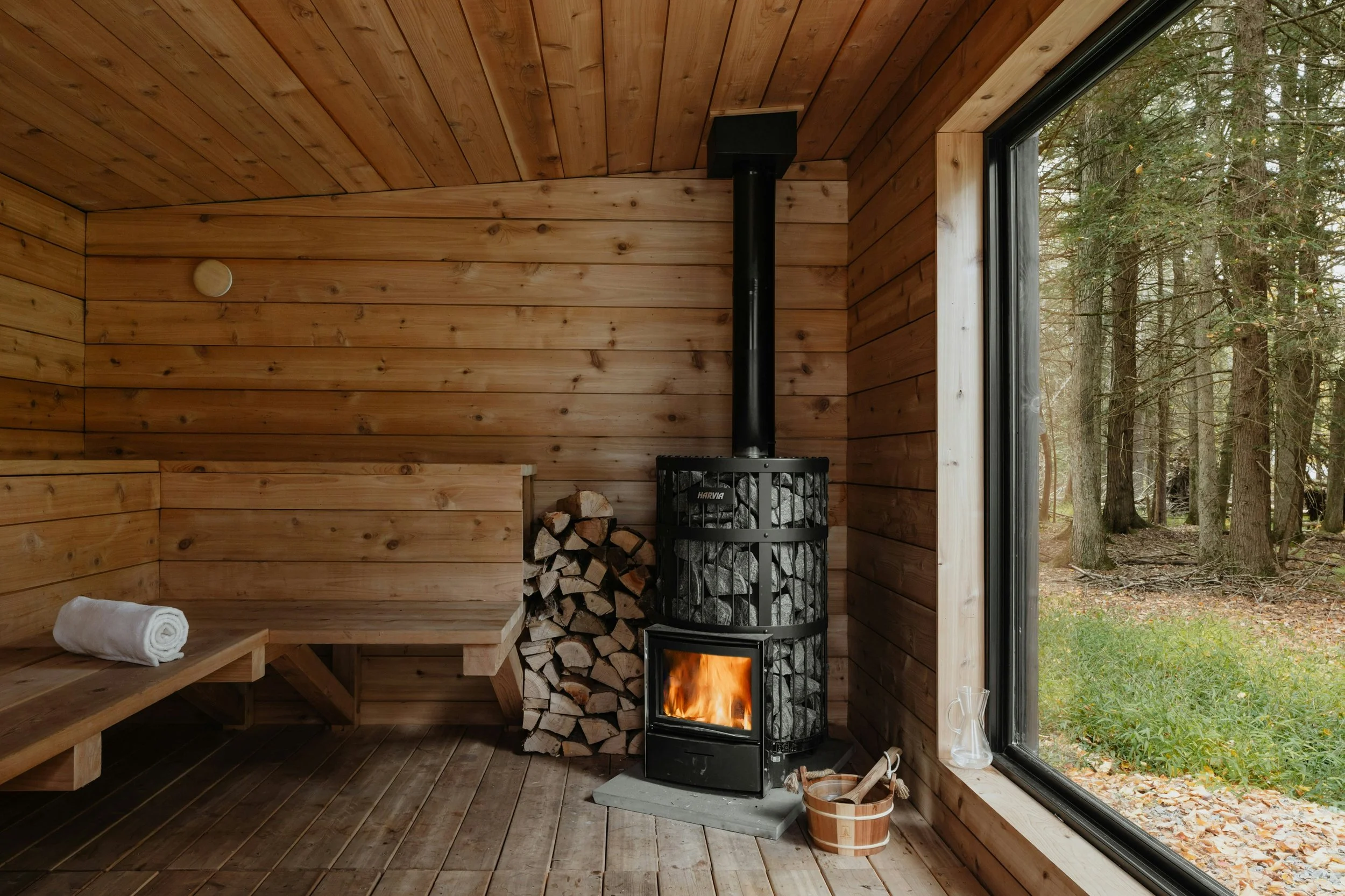The Federal Reserve has lowered its benchmark interest rate by a quarter percentage point, in a highly anticipated decision surrounded by extraordinary political drama.
The 11-1 decision supported by Fed Chair Jerome Powell and a majority of the Federal Open Market Committee (FOMC) brings the central bank’s overnight rate down to a range of 4% to 4.25%, marking the first change in rate policy in nine months.
President Donald Trump's economic adviser Stephen Miran, newly appointed to the Fed's Board of Governors and sworn in on Tuesday, was the lone dissenting vote on the panel, calling instead for a larger half-point rate cut.
In a press conference following the decision, Powell called the rate reduction a "risk management cut" in response to rising unemployment, pointing out that inflation remains elevated.
"We have a situation where we have two-sided risk, and that means there's no risk-free path," said Powell, referring to the dual threats of inflation and rising layoffs. "And so it's quite a difficult situation for policymakers."
A quarter-point cut was widely anticipated and already largely priced into mortgage rates, which have fallen in recent weeks and reached an 11-month low of 6.35% last week, according to Freddie Mac.
Mortgage rates typically follow long-term bond yields, which moved higher on Wednesday as markets digested the summary of economic projections issued by the FOMC alongside the rate decision.
Those projections showed Fed policymakers have a median expectation of making two additional rate cuts this year, but just one in 2026—fewer than the three cuts next year that markets had anticipated.
"This ongoing gap between market and Fed expectations means that some risk of upward pressure on mortgage rates remains," says Realtor.com® Chief Economist Danielle Hale. "But for now, consumers have already benefited from the drop in mortgage rates that has brought mortgage rates below 6.5% for the first time in nearly a year and is likely to continue at least through this week."
Following the rate decision, the major stock indexes wavered in mixed trading, with the Dow Jones Industrial Average giving back some of its earlier gains and the S&P 500 and Nasdaq composite down slightly.
The S&P Homebuilders Select Industry Index, which tracks shares of major homebuilders, jumped more than 2% on the rate decision. Homebuilders have been especially sensitive to higher interest rates, which affect both their own financing costs for construction loans and mortgage rates for their customers.
Robert Dietz, chief economist of the National Association of Home Builders, notes that "the reduction of the federal funds rate will have a direct, beneficial effect on interest rates for acquisition, development and construction loans" that private builders rely on to finance new projects.
"This will reduce lending costs for builders across the nation and enable more attainable supply," he says.
Yields on 10-year Treasury notes, a key indicator for mortgage rates, moved to session highs as Powell spoke to reporters. Still, those long-term yields, as well as mortgage rates, remained close to their lowest levels of 2025.
However, prospective homebuyers who are holding off in anticipation that mortgage rates will automatically fall further after the Fed decision may face disappointment, housing economists warn.
"There are still risks of a reversal in mortgage rates, despite the Fed’s rate cut today and even if they cut rates two more times this year," says BrightMLS Chief Economist Lisa Sturtevant. "Inflation heated up in August, and if the September inflation report shows another bump in consumer prices, it’s possible we could see rates rise."
The Fed uses higher interest rates to curb inflation, and lower rates to stimulate the labor market, in keeping with its dual mandate to maintain price stability and maximum employment.
The Fed does not directly set mortgage rates, which instead tend to follow the yields of long-term bonds. Those bond markets are influenced by investor expectations about future Fed policy and financial conditions, including inflation and government deficits.
A case in point: One year ago, mortgage rates plunged to a two-year low ahead of expected Fed rate cuts in September 2024. But as it became clear that the Fed cuts would not be as extensive as markets expected, mortgage rates began to rise again, even as the Fed made further cuts.
Weekly mortgage rates are likely to fall again when Freddie Mac next reports on Thursday, with the Fed decision coming too late in the reporting period to have much impact.
After that, the path remains unclear, although most housing economists expect mortgage rates to remain above 6% through the end of the year.
Political drama surrounds Fed's interest rate decision
The Fed has long taken pains to preserve its independence from political pressure or influence, but that tradition has been challenged in recent months by Trump's public pressure campaign for lower rates.
Soon after starting his second term, Trump began demanding lower rates, at various points threatening to fire or sue Powell. Trump has said that lower rates would help the government refinance its massive debt on more favorable terms and also boost the housing market.
Powell has resisted, however, telling Trump at a White House meeting in May that the central bank's future decisions on interest rates would be "based solely on careful, objective, and non-political analysis," according to a Fed statement on the meeting.
The standoff has intensified in recent weeks with Trump's attempt to fire Lisa Cook from the Federal Reserve Board of Governors over allegations of mortgage fraud.
Cook, a Biden appointee, supported Powell in holding rates steady the last time the FOMC voted on policy in late July. She is currently battling Trump in court and voted on Wednesday's rate decision after a federal judge temporarily blocked the president's attempt to remove her.
Asked about Cook's legal battle with Trump, Powell responded: "I see it as a court case that it would be inappropriate for me to comment on."
Meanwhile, Miran, a White House economic adviser and Trump's pick to fill a vacant seat on the Fed's Board of Governors, was sworn in with immediate voting power Tuesday morning following a narrow 48-47 confirmation vote in the Senate.
Although he has taken a leave of absence as chair of the Council of Economic Advisers, Miran is technically still an employee of the president, making him the first White House official on the Fed's governing board
The precedent-shattering move potentially gives Trump a direct line to monetary policy deliberations within the rate-setting FOMC, raising questions about the Fed's ongoing independence.
Asked whether Miran's appointment threatens Fed independence, Powell told reporters: "We did welcome a new committee member today, as we always do, and the committee remains united in pursuing our dual mandate goals. We're strongly committed to maintaining our independence, and beyond that, I really don't have anything to share."
Central bank independence is important because, historically, maintaining artificially low interest rates for political reasons often leads to runaway inflation and capital flight, driving government borrowing costs higher in the long run as investors lose confidence.
"Lessons learned from both the U.S. experience and the experience of central banks around the globe suggest that monetary policy decisions are better and more credible when they are insulated from politics," says the economist Hale.
In comments to reporters on Monday, Trump said he supports an independent Fed, while reiterating his view that the Fed rate should be "much lower."
"It should be [independent], it should be. But I think they should listen to smart people like me. I think I have a better instinct than him," Trump said, referring to Powell.
Read more at Realtor.com
Related Links
If there is a home that you would like more information about, if you are considering selling a property, or if you have questions about the housing market in your neighborhood, please reach out. We’re here to help.








